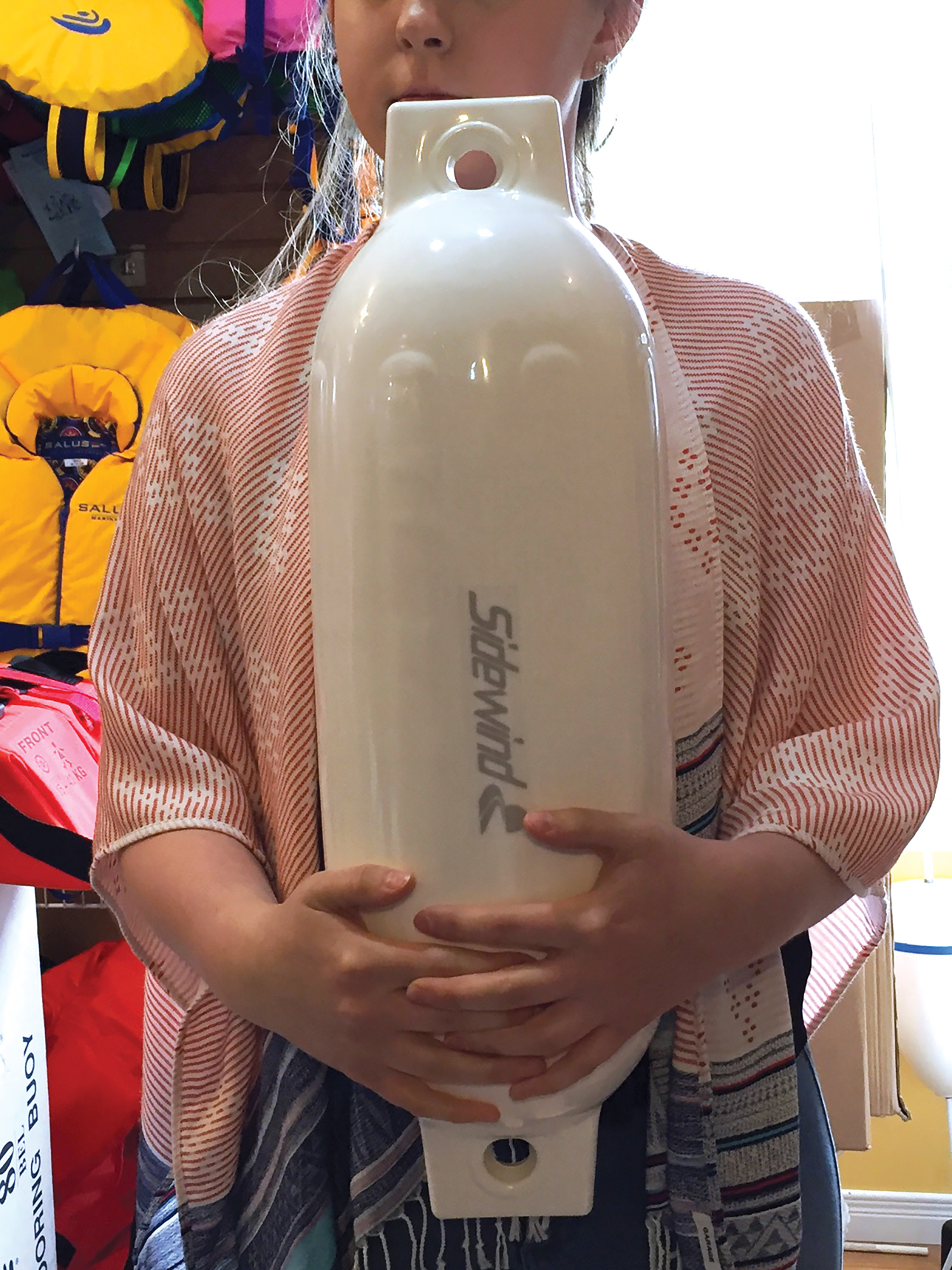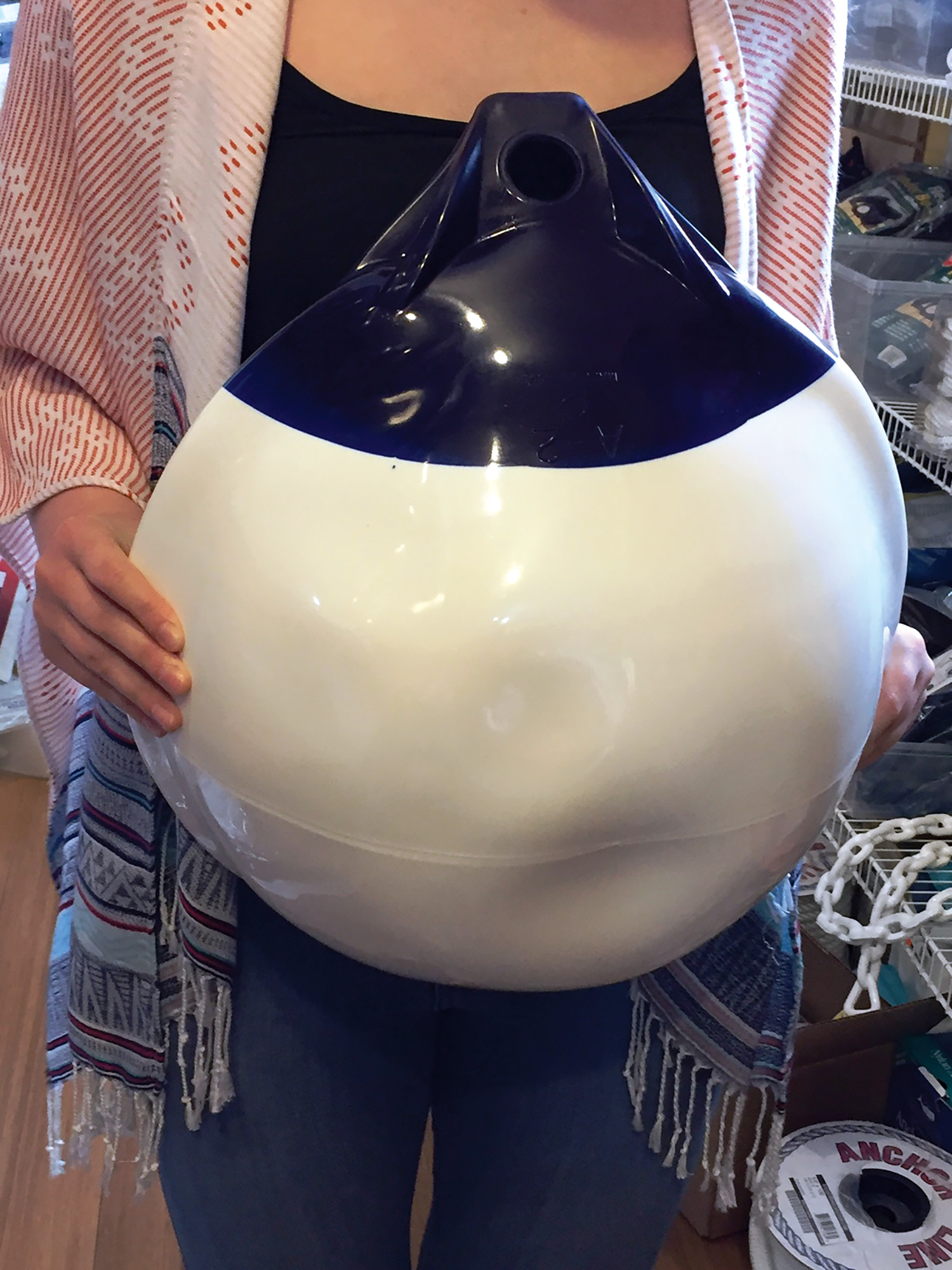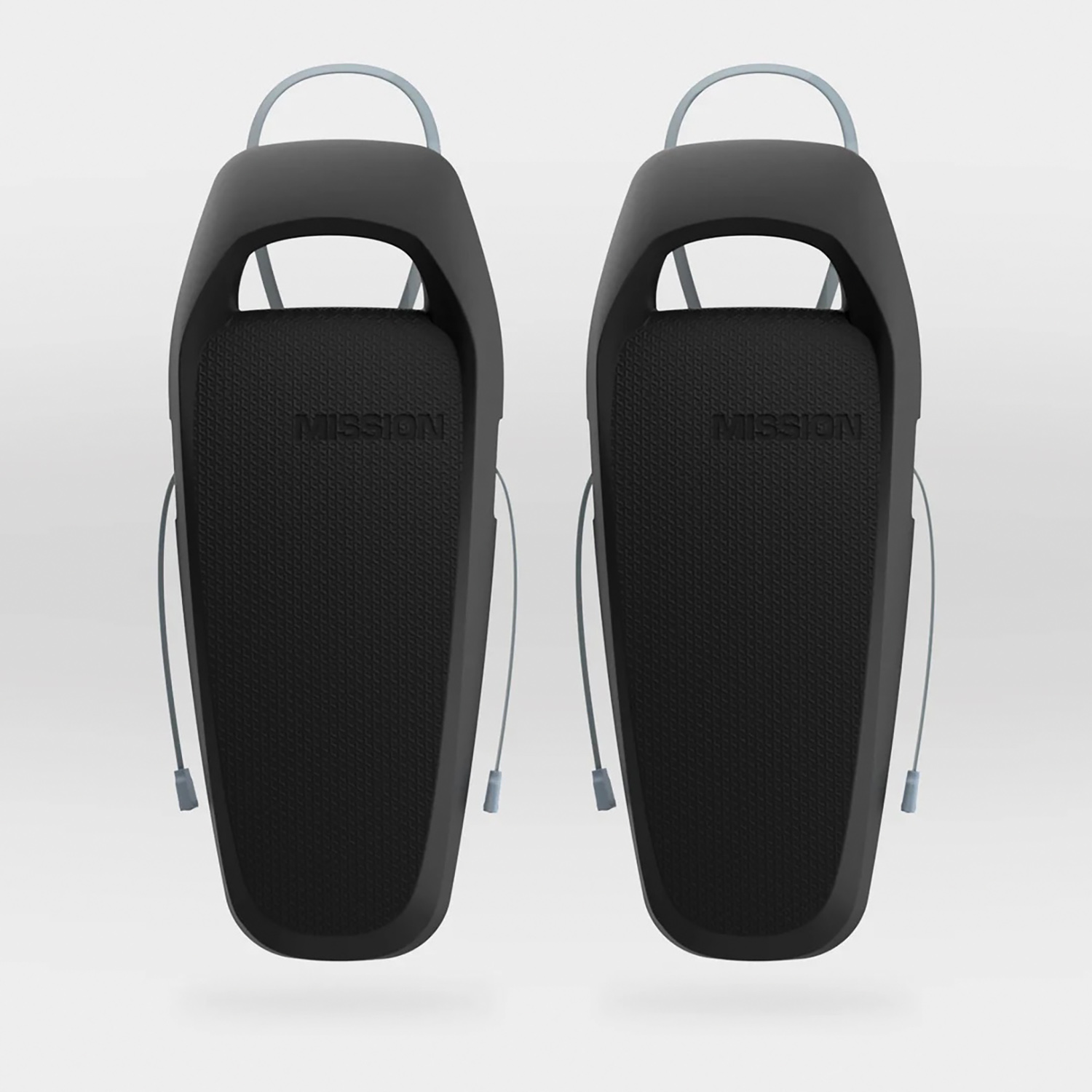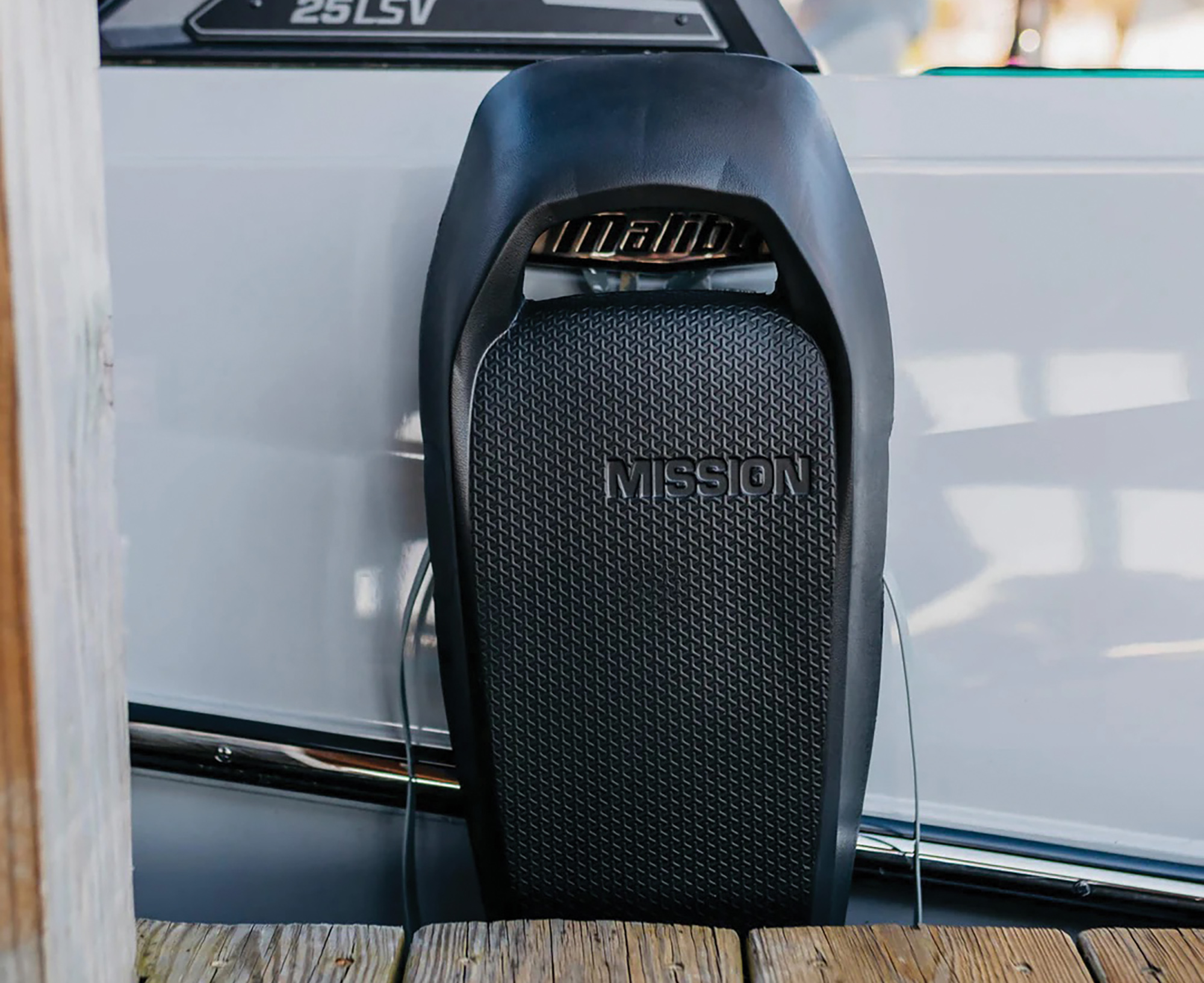Tips for use and best practices to protect your boat.
By Mark King
To begin, they are called boat fenders, not bumpers. Bumpers go on cars and trucks. The items that are draped over the side of boats to protect your hull and its finish are called fenders.
Traditionally fenders were made of rope. A quick search of the internet and you can still find instructions on to make your own magnificent for your boat, including YouTube videos. You can also purchase rope fenders – made with traditional hemp or nylon – but they are a special order item and it is unlikely you will find them on your local retailer’s shelf.
What you will find on shelves today includes a wide array of fenders, from large round fenders, all the way to hull-hugging flat fenders covered in vinyl. All modern fenders have high energy absorption but a low reactive force as they regain their shape. They can take a pounding but do not spring back into shape too quickly quickly, minimizing abrupt movements or turbulence in the water. Each has a purpose and some are better suited for the situation than others although they will all absorb shock, keep your hull clean, and return to their original shape ready to protect.
Types of Boat Fenders
There are several main types of fenders, round, cylindrical, and flat. Round fenders are common on larger boats and boats with highly flared bows. They are also commonly seen on mooring buoys and sometimes when boats of different sizes and shapes are rafted together. They have one attachment point. There are two major drawbacks to round fenders on smaller boats. The first is the distance away from a dock that a boat has to be due to the size of the fender needed for the best protection. The second issue with round fenders is that they tend to roll out of the way as the boat moves with wave action. Storage is also difficult as they take up a great deal of space.


Cylindrical fenders are by far the most commonly seen on pleasure crafts. They come in several types and configurations. Smooth sided cylindrical fenders will roll along the edge of a hull easily while those with ribs will not have the same tendency. They can have an eye in one end, an eye in both ends to use the fender horizontally, or a hole in the middle along the length to pass a line all the way through which makes it convenient to hang the fender, both horizontally as well as vertically.

Contour fenders which are flat and lie against the hull, tend to have a joint in them to fit along the gunwales and sides of small boats, folding at the joint to follow the curve of the hull. They are not common.
Safety Considerations
There are a few safety rules that you should bear in mind when using your fenders. First, they should not be deployed before you dock. Fenders hanging off the side of a boat can become tangled and caught in unseen hazards and piers or items that are rigged along the docks.They can get wedged under docks or act as springboards and cause handling problems for the skipper who might not be aware that there is a problem due to limited vision along the side of the boat.
They should be prepared just before landing and rigged immediately upon arrival to be fine-tuned once the boat is securely tied up. An exception to this could be when a vessel returns to its home dock. If fender lines are rigged to fit and there is no danger of handling issues than deploying them prior to docking can be appropriate.
The second rule is as much a tradition as a rule. Fenders should be pulled back onboard once you’re underway. Left hanging they can become flotsam if their knots release and other boaters may not see them on the water, tangling lines in propellers.
The final rule is to ensure that you use a knot on your cleat or rail that will not release either under pressure, or when the pressure is released. Additionally, avoid using polypropylene rope as they can be extremely slippery and do not hold knots well.
Sizing Your Boat Fenders
Make sure that you use the correct size fenders. You should be looking at a minimum of one inch in diameter for every five feet of boat but this is just a rough rule of thumb. Larger is always better.
Fenders are manufactured to standards and they should be inflated to two pounds per inch at 68 degrees Fahrenheit – a little less in hotter weather.
The number of fenders you deploy will depend on the size of the boat and where you are using them. At your home dock you will typically have three or four. One at the stern, one at the beamiest section of the boat and at least one more in-between these two. Boats over 30-36 feet may have more. Again, the more you have the better the protection that will be provided to your boat.
Fender Use Tips
After you have docked, hang the fenders where they will provide the most protection and secure them to the lowest part of the boat that you can reach to help prevent them from rolling. Typically there will be cleats for this purpose on the deck or gunwale.
Keep fenders and lines out of the water to prevent algae formation on them unless you need to float them horizontally to prevent chafing against a rough dock.
If you are docking alongside pilings, it is best to secure the boat and hang the fenders horizontally, or better still, to hang two or more fenders vertically and attach a fender board to take the blow from the piling.
A fender board typically is a two by four or two by six with holes in both ends for lines. It is secured horizontally to the boat, positioned outboard of the vertically hung fenders.
In a crowded anchorage, or when rafting, hang fenders from both sides of your boat. In active water, with different sized boats tied up together, a fender board works well. When transiting canals it is also advisable to have fenders on both sides of the boat. Fender boards can also be useful here too.
With a wide variety of fenders available it is important to think about what you will need and ensure that you purchase quality items that will protect your boat.
Keyword : Boat Fenders, boating accessories, boating essentials, boating gear, Cylindrical fenders, dock fenders, docking, fender board, Flat Fenders, must haves for boats, new boating accessories, Round Fenders Boat Fenders, boating accessories, boating essentials, boating gear, Cylindrical fenders, dock fenders, docking, fender board, Flat Fenders, must haves for boats, new boating accessories, Round Fenders
